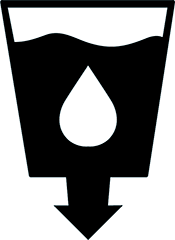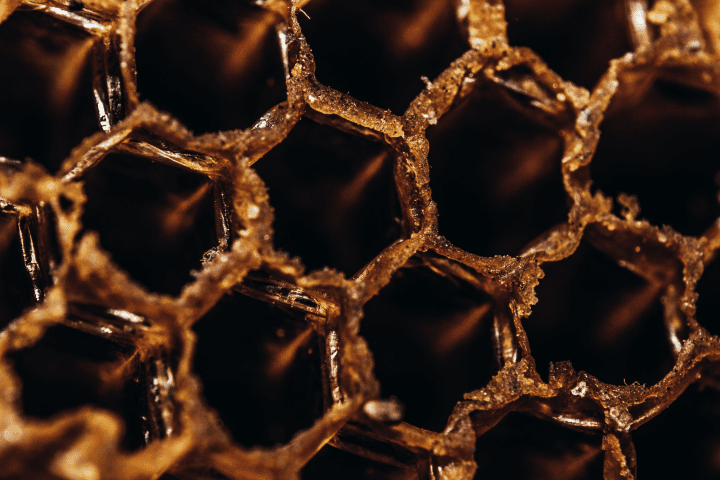UN Sustainable Development Goals Addressed
-

Goal 6: Clean Water & Sanitation
2019 Global Design Challenge Finalist
This design concept was developed by participants in the Institute’s Global Design Challenge. The descriptions below are from the team’s competition entry materials.
Location: Long Beach, CA, United States
Team members: Josselyn Alcaraz, Dominique Gan, Aman Dembe, Wesley Ihezue
Innovation Details
Rice Age is aiming to solve the problems with plastic use, water loss, and methane emissions in the rice growing industry. By emulating the hexagonal shape of the honeycomb and the circulatory system of termite mounds in a closed-loop system, Rice Age is able to maximize land use, oxygenate the soil, and preserve water in rice production. RIce Age hails from California State University Long Beach in Long Beach, California.
What problem does the solution solve? The focus of the solution is on the effect rice fields have on climate change. Rice Age aims to solve the problem with the consumption of plastic, the loss of water, and the emission of methane in the industry.
What is the technology and how does it work? It maximizes space capacity in the rice nurseries with a hexagonal shape instead of the standard square. This allows farmers to increase their yield with the same amount of area. It also separates seedling roots from overpowering one another by maintaining the minimum required distance between each seedling, in addition to oxygenating the soil by incorporating channels at the top, middle, and bottom of each cell on the top level of the tray to allow air to circulate and retain water moisture since the channels on the bottom layer are at a steep angle to ensure that water flow is decelerated. Additionally, the inside contains bumps, that help with retaining moisture.
How it is biomimetic? The idea was based on multiple organisms and natural systems in nature, including the hexagonal shape of the honeycomb, the nasal turbinates from the human nose, the air circulatory system of the termite mounds, and the closed loop system implemented by ZERI where they reuse their coffee wastes.
What is the solution’s impact? It increases farmer’s yield of rice and reduces methane producing microbes, rice waste pollution, water waste, production of plastic, and harmful chemical seepage that comes from plastic.



